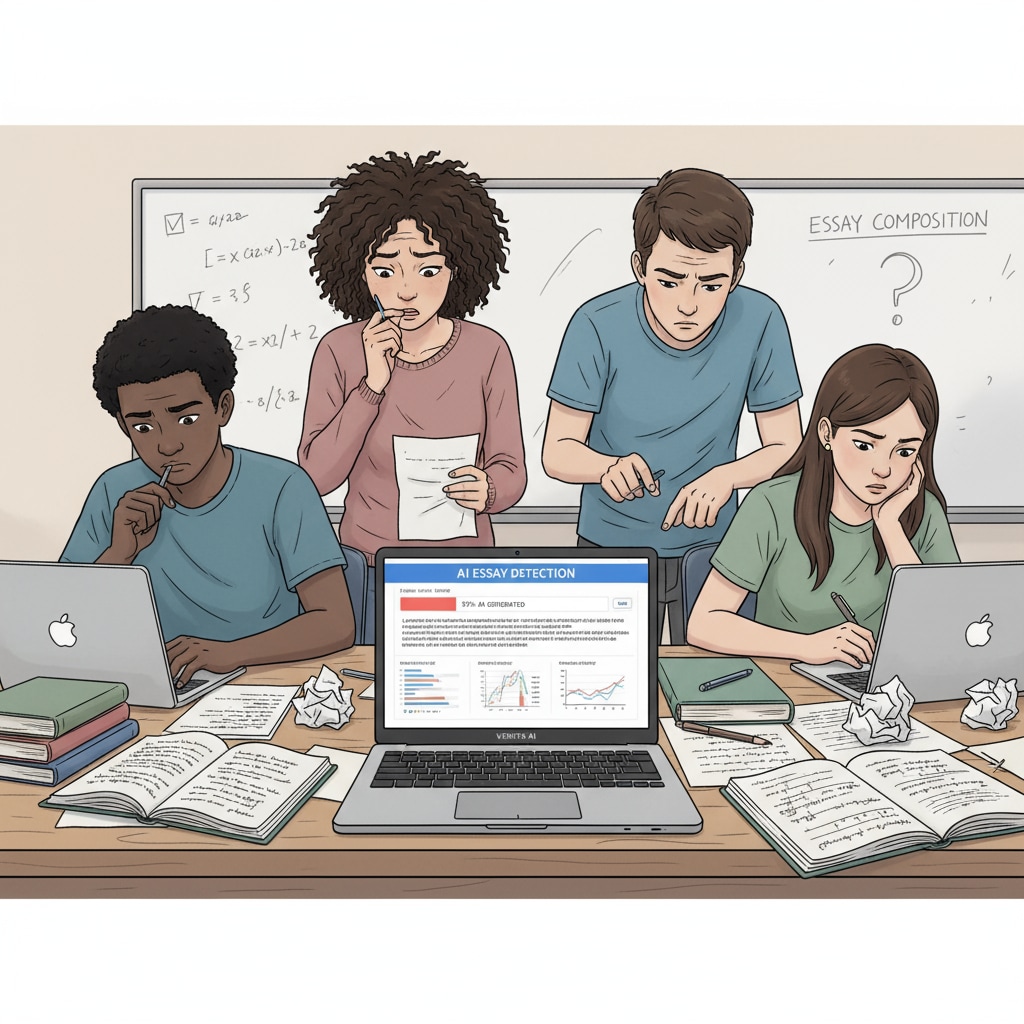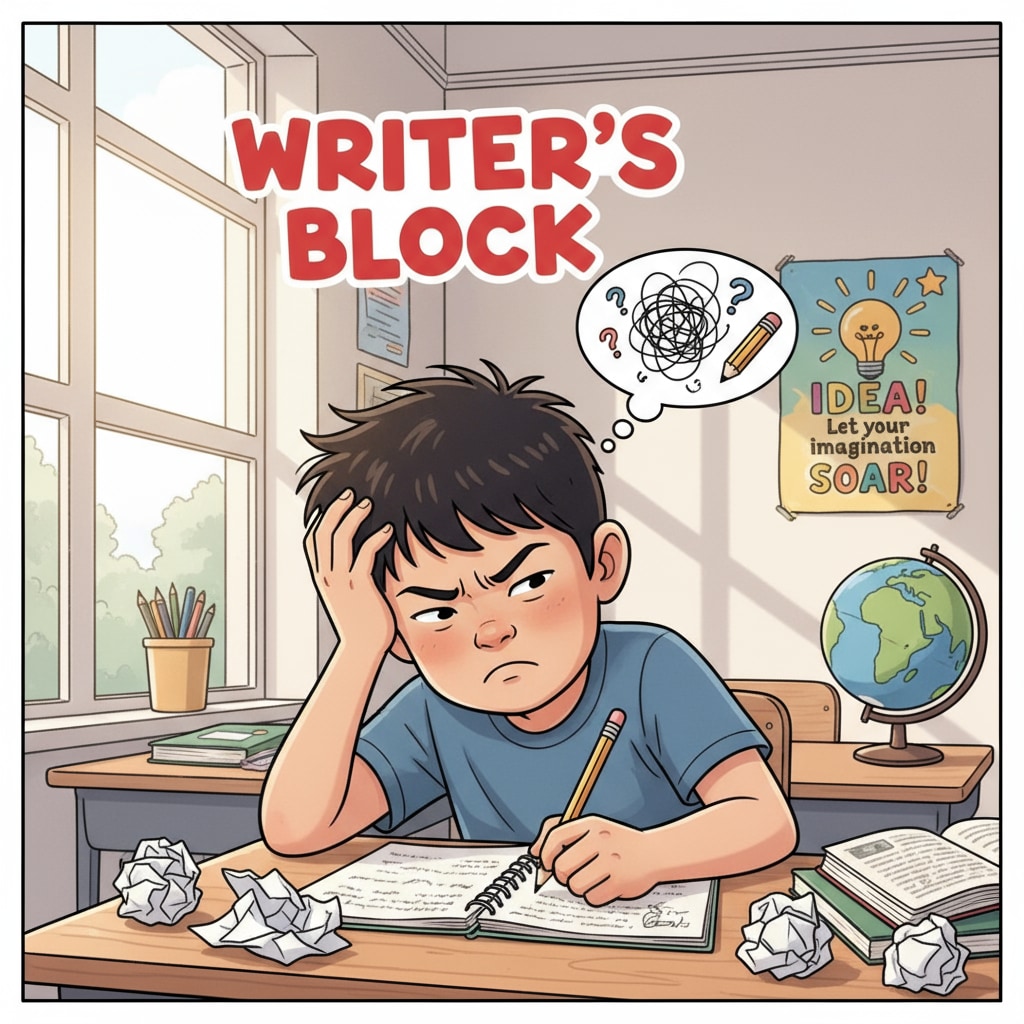In the realm of high school creative writing, the issues of creative writing, AI detection, and creativity suppression have become prominent concerns. The integration of technology, specifically AI detection tools, into the classroom was initially intended to safeguard academic integrity. However, it has inadvertently led to unforeseen consequences for students’ creative endeavors.

The Rise of AI Detection in Creative Writing Classes
With the increasing sophistication of AI writing tools, educators have turned to AI detection software as a means of ensuring that students’ work is original. These tools analyze text for patterns and similarities to existing sources, including AI-generated content. For example, Plagiarism detection software on Wikipedia has evolved to incorporate AI detection capabilities. In high school creative writing classes, teachers rely on these tools to verify that students are not using AI to compose their stories, poems, or essays.
The Unintended Consequences: Suppression of Creativity
However, this overemphasis on AI detection has had a detrimental impact on students’ creativity. When students are constantly worried about being flagged by these tools, they may be discouraged from taking risks and exploring unique ideas. Creativity thrives on freedom of expression and the ability to think outside the box. But with the looming threat of AI detection, students are more likely to play it safe, resulting in writing that lacks originality and depth.

Moreover, AI detection tools are not infallible. They may misinterpret certain writing styles or language choices as signs of AI involvement. This can lead to false accusations, which further demoralize students and erode their confidence in their writing abilities.
Rethinking the Role of Technology in Creative Writing Education
It is essential for educators to reevaluate the role of AI detection tools in creative writing classes. Instead of using them as the primary measure of academic integrity, these tools should be seen as supplementary resources. Teachers should focus on fostering an environment that encourages creativity, such as providing constructive feedback, organizing writing workshops, and promoting peer collaboration. As stated in Education on Britannica, true education should nurture students’ abilities to think critically and express themselves creatively.
In conclusion, while AI detection tools have their place in maintaining academic honesty, their misuse in high school creative writing classes is suppressing students’ creativity. It is time for educators to find a balance between using technology to uphold standards and nurturing the creative spirit of their students.
Readability guidance: Short paragraphs and lists are used to summarize key points. Each H2 section provides a list of related ideas. The proportion of passive voice and long sentences is controlled, and transition words are added throughout the text for better flow.


